Successfully developing a new direction – compact digital cameras with interchangeable optics, Sony did not neglect its old fans who shoot large SLR models. September 2012 saw the release of the long-awaited full-frame camera upgrade, long awaited by the target group of users and fans interested in upgrading their Sony Alpha 900 and Sony Alpha 850 cameras. This upgrade could allow them to shoot at higher sensitivities and with more advanced functionality. Traditionally, the full frame is considered the privilege of professionals and experienced amateur photographers with an established tradition and extensive shooting experience. These passionate people are the ones who have high quality, high aperture optics that they purposefully purchase over a long period of time, upgrading their cameras as they improve technologically.
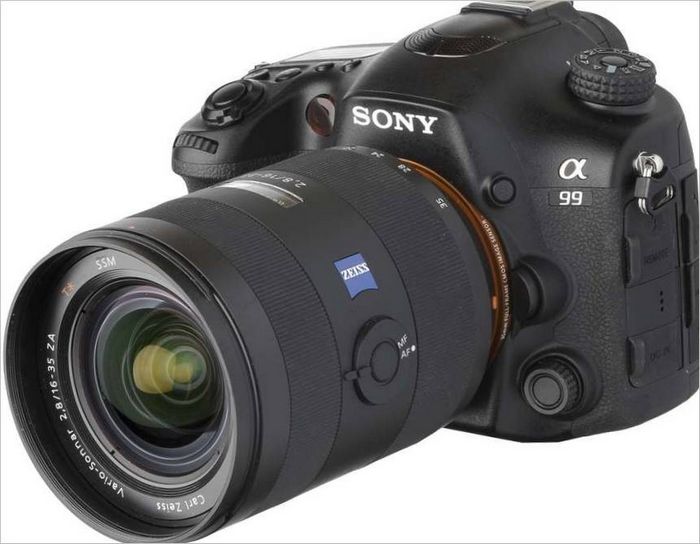
Basic Features
|
Sensor |
24×36 mm CMOS sensor, 24.3 million. px. |
|
Lens |
interchangeable, mount A |
|
Image Stabilization |
SteadyShot sensor stabilization, works with any interchangeable lens |
|
Dust-proof |
Automatic or forced cleaning |
|
Viewfinder |
Electronic, 100% of the frame, 2.36 million. pix. |
|
Display |
LCD, 7.5 cm diagonal, 1.2 million. px., adjustable in 2 planes |
|
Focus |
phase and contrast: 19 focus points, of which 11 are cross-type. With some modern lenses, there are 102 additional points, 4 modes of automatic focusing and 2 modes of manual focusing |
|
Shutter speed range |
30 to 1/8000 s |
|
Shooting Modes |
Traditional P, A, S, M, 9 auto modes, panorama mode and HDR mode |
|
Exposure metering |
1200-zone metering sensor, exposure correction ± 5 EV |
|
Flash |
No built-in flash, external system flash and studio flash available. Synchronization speed up to 1/250 seconds |
|
Sensitivity |
50 to 25,600 ISO in photo mode, from 100 to 6400 ISO in video mode |
|
Photo formats |
RAW, JPG in three sizes and three types of compression |
|
Memory cards |
Memory Stick PRO Duo, SD |
|
Continuous Shooting |
7 modes of pulling up to 10 frames per second |
|
Video shooting |
7 modes, from HDTV 50 fps to VGA |
|
Interfaces |
Mini-USB, HDMI, external power, remote release, mini jacks for external microphone and headphones |
|
Power |
NP-FM500, 7.2V, 1600mAh battery |
|
Dimensions |
147×111×79 mm |
|
Weight |
810 grams with battery and memory card |
|
Approximate price |
~ 100 000 Dollars. |
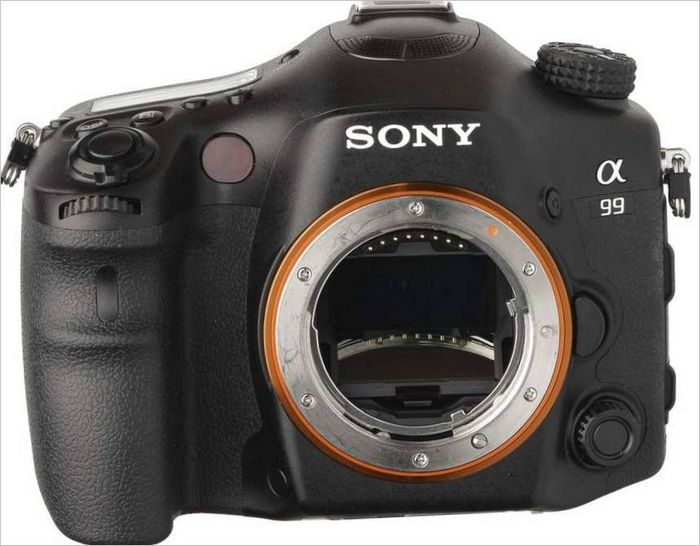
Camera Features
With technological decisions at the novelty Sony SLT-A99 all in good order, in fact it is while the world’s only camera with a matrix of 24 × 36 mm, having an electronic viewfinder and translucent mirror. The model is a further extension of the high-speed Sony SLT-A77, tested in the magazine “Photo & Technique” № 40 in 2011, but with all the advantages that brings a full frame.
As it should be a flagship model, the Sony SLT-A99 metal housing, electronics and controls are protected from the effects of moisture, which has been successfully tested in practice. The body has a smooth outline and the controls have remained almost unchanged compared to the model equipped with the APS-C sensor.
However, there are some design changes. First of all, the “shoe” for the “system” flash has changed its shape and location of the contacts. To mount older flashes on this camera, you’ll have to use an inexpensive adapter or buy the new, powerful Sony HVL-F60M.
Electronic viewfinder gives the camera with translucent mirror many advantages. It also imposes some peculiarities, so if you have never used it, do not rush to scold or praise it. the electronic viewfinder gives a different perspective on the scene and takes some getting used to, especially after years of using reflex cameras with the traditional glass pentaprism.
The electronic OLED viewfinder makes the scene appear a little richer and more contrasty. The EVF will alert you to color balance errors, and visually prompt you to make adjustments, because it doesn’t show the actual picture, but the result, which will be recorded on the memory card. The amount of useful information displayed in the viewfinder can be adjusted, also independently of the main large LCD display.
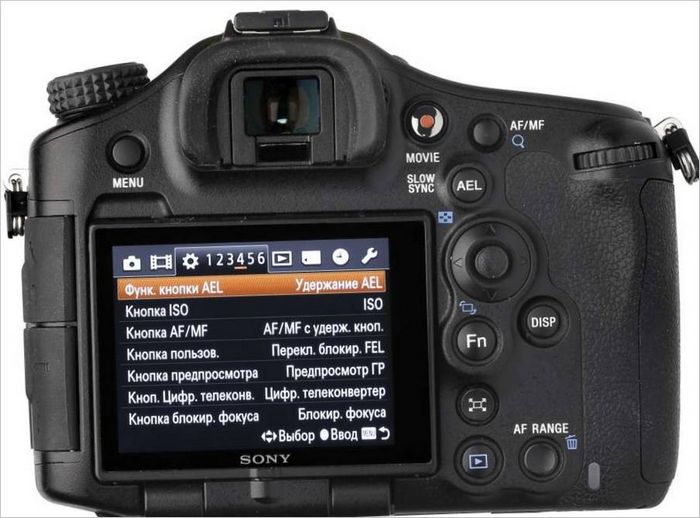
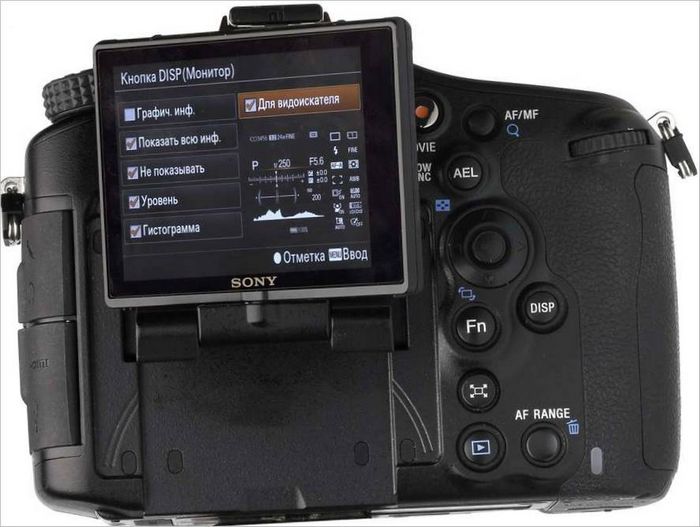
And this display is very good, just like its predecessor Sony SLT-A77, and not only for its technical indicators, but also for the convenience of working with a tripod, in the studio, from low points, in hidden camera mode and in video mode. It can be rotated to whatever side is most convenient for the photographer.
The camera can work with a large number of lenses: not only with modern, high-end Zeiss and Sony lenses, but also with the highly popular Minolta lenses, of which there are many on the secondary market, some of which are renowned for their legendary quality. And if you install the lenses designed by Sony for APS-C format the camera switches to the necessary frame size by itself.
The electronic viewfinder requires extra battery power to operate. During a test shooting on a winter outdoor day I managed to get about 500 shots in 3 hours before the battery ran out of power. For intensive shooting, reportage or travel it is advisable to have at least three fully-charged batteries and better still to have the optional VG-C99AM power grip with room for two extra batteries. So you can get power from all three batteries in an alternating fashion and it won’t shut down at the most important moment.
Two memory card slots in the camera show its positioning as a tool for the serious photographer. Slot A can take the proprietary MemoryStick Pro Duo or the more traditional SD-cards, slot B – only SD.
High-speed burst mode is fast enough: 6 frames per second. If you shoot in “heavy” RAW format, the camera buffer fills after 2 seconds and then the recording speed drops off dramatically meaning the camera lets you shoot two seconds of the climax . The entire amount of data is recorded in 17-20 seconds from the time the first shot is taken.
Switching to the best quality JPG mode almost does not change the total length of the sequence, but shortens the recording time to the memory card by about 4 seconds. For high-speed shooting at 10 frames per second has a separate mode on the wheel to control the shooting modes, which is useful in a critical situation when it is supposed to happen something very important .
the camera switches to APS-C mode, starts shooting in JPG only, data transfer is accelerated – but even then the maximum continuous shooting time is 2 seconds. It’s pretty good, just above the competition and comparable in speed to full-frame reporter cameras.
The Sony SLT-A99, like any other Sony SLR, is equipped with the SteadyShot vibration suppression system, which makes any lens you use stabilized. The stabilization system helps a lot when shooting with supertelephotos from 300 mm to 500 mm.
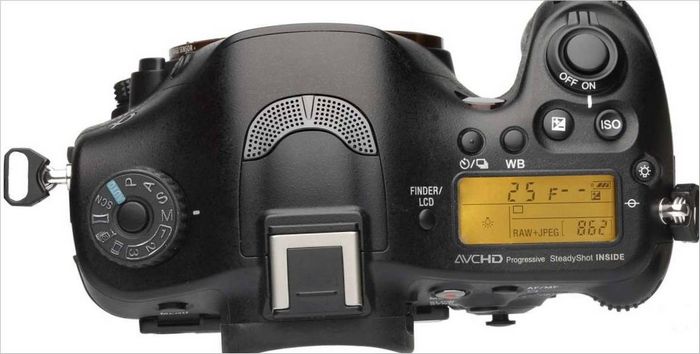
Focus and control nuances
Like any high-tech product, the Sony SLT-A99 has its trademark differences in menu logic and control layout. Let’s take a look at the focusing system first. There are quite a few modes – I’d call them advanced options that offer help and support in difficult situations. The options are so many, that we could make a special manual about when to use this or that mode.
While the simple single and tracking focus modes are self-explanatory, the more complex advanced mode called “AF with Range Map Support” AF-D works only with a small number of modern lenses and seems to me to be more for video than still photography.
Cameras with an electronic viewfinder can help the photographer when shooting in manual focus mode. It’s amazing, but at the dawn of the 21st century, it’s very popular in many cases macro and portrait photography with shallow depth of field lenses, still images . And here we have “picking”, that is, virtual visual illumination with a saturated and contrasting color of the details that happen to be in the zone of focus. This option is triggered in manual focus mode, when properly set, works effectively and really helps, without tiring the eyes.
Another trick that can help you accurately focus when shooting without a tripod is the on-screen magnifier. By adjusting the display of the scene-relevant area with the joystick, you can check the sharpness of just the part of the frame you want without taking your eye away from the viewfinder.
As I said earlier, a camera is designed to take not only high quality photos, but also professional videos with very high quality features. For the first time, a very interesting control appeared on the lower left side of the camera: a silent regulator. no clicks are heard on the video and you can smoothly make corrections, dynamically whitening or darkening your scene. And when shooting still photos, you can “hang” the focus point selection system or any other desired function on this controller.
The camera has a huge number of settings. The most direct way to change the parameters of the scene you want to shoot is with the Fn button, which lets you adjust almost all of the modes even when you are shooting.
So we can say that electronic viewfinder really brings new opportunities of interaction between the camera and the photographer, including the use of techniques from the arsenal of cameramen.
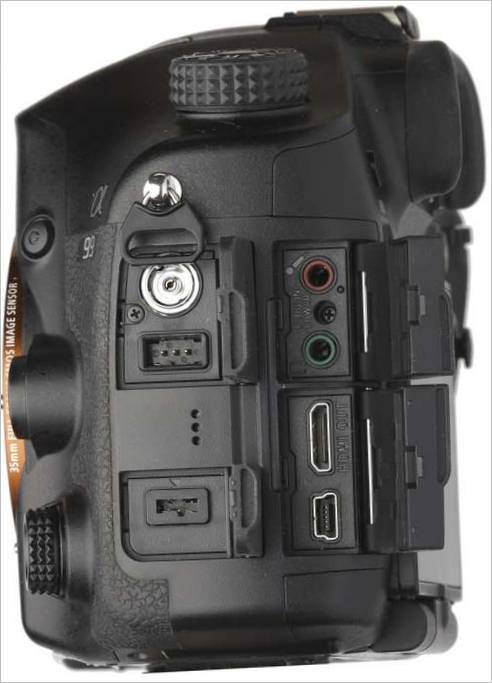
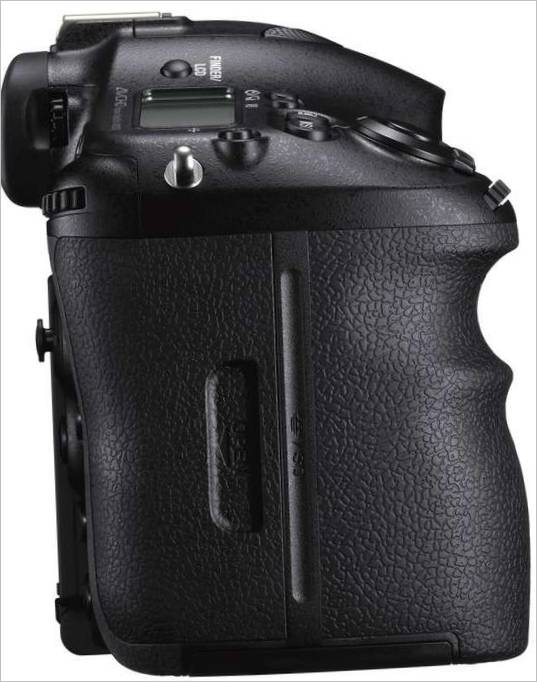
Test shooting and peculiarities of image processing
A camera with firmware version 1 was used in the test.01, downloaded from the official site, the lens Sony Zeiss 16-35/2,8, Sony 2,8/100 macro, Sony 70-200/2,8 G SSM and a lens for APS-C Sony 16-50/2,8 SSM. First of all, a standard high-sensitivity shooting test was conducted, comparing it with competitors in the class and recognized leaders.
This was shot during the day and at night, since the latter best reveals noise problems in homogeneous dark areas. The following regularity is revealed: at 100 and 200 ISO the picture is superior to competitors – probably due to optical characteristics of Zeiss lenses.
Up to 3200 ISO, the result proves to be quite usable for practical purposes. Shooting at 6400 ISO required the intervention of noise reduction programs, especially in night scenes. The 12,800 and 25,600 ISO sensitivity settings are barely usable without serious post-processing in a graphic editor or for printing in 10×15 cm format or for Internet publishing.
In general this result corresponds to the modern achievements in the sphere of designing sensors for full format cameras and the results of in-camera noise control algorithms of all producers except for two top class models, which give one step better result at maximum sensitivity.
After the high sensitivity test, it was decided to continue shooting in normal conditions in the range of 200 to 1600 ISO. The RAW + JPG format was also selected in order to determine the best method for further computer processing of the digital negative and to compare the files processed by the camera itself and special software.
For special cases we used our proprietary HDR mode. For example, when shooting an interior I had to work out the texture of the lights and all the interior details, but I didn’t have enough time or extra light. Brightness variation is very high, so the degree of HDR effect is set to maximum 6. Camera on a tripod. You have to use a special remote or set the sensitivity to a low setting to reduce the effects of shutter release clicking. The result was a technically rich shot in shadows and light in just a minute photo 1 .
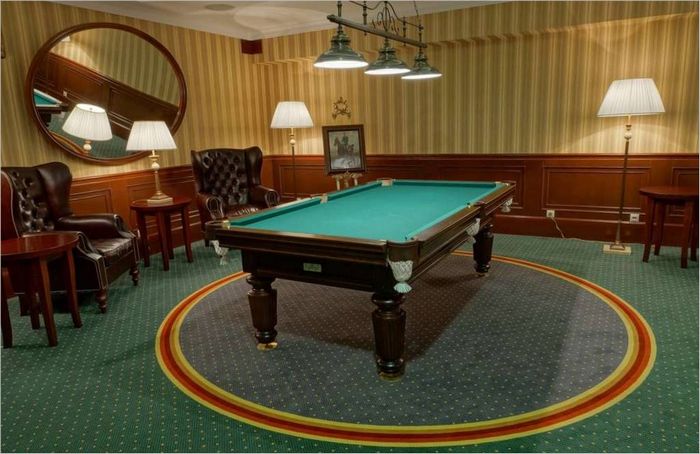
Photo 1. Technically rich in shadows and light. The Zeiss Vario-Sonnar 16-35/2.8 T, ISO 100, base shutter speed 4 seconds, f/14, white balance 2500 K, program stitching in camera of three frames.
To pull out the details in both shadows and highlights in reportage photography, it is not possible to use this mode. But the power of the sensor and software can help, if you think creatively about the scene and do not rely solely on automation. The strongest backlight illuminates the ice wall in which the protagonist is nestled. Her face is in the shade, so we set the exposure compensation to high enough. The graphic converter helped to save the shadows and not to lose the highlights photo 2 .
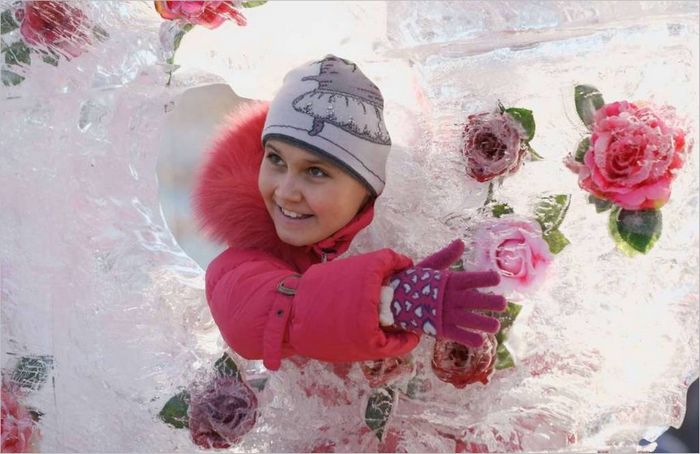
Photo 2. The graphical editor helped to save shadows and not to lose the highlights. Sony 70-200/2 Lens.8 G, ISO 800, 1/1000 s, f/5.6.
Taking a shot of a large orchid at a flower festival we tried to use artificial light. We can’t use a tripod, because it’s not allowed. Being aware of the fact that the camera is capable of high quality shooting in the range of 800-1600 ISO we switch off the autofocus and using the above described “piquing”, zooming in and out we make a series of 6 frames per second. The first shot gives a good result, but I do another take, making sure the small spotlight works through the light photo 3 .
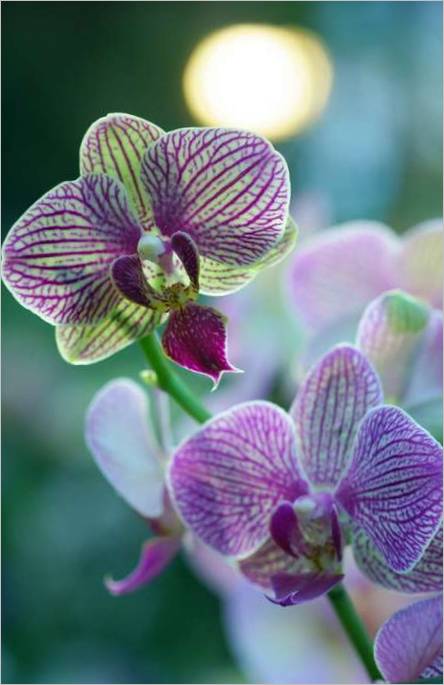
Photo 3. The work of a small spotlight on the light. Sony Macro 100/2 lens.8, ISO 800, 1/100 s, f/5.
Next, taking a picture of a monitor lizard in a terrarium. The animal is predatory, quite large, and doesn’t like strangers, so a whole operation was devised. We put a diffused studio pulse light in the semi-darkness by connecting it with a sync cord to the camera. We turned off the exposure simulation mode in LiveView, so we could frame the shot in semi-darkness. The flip-down camera screen was placed in a comfortable position, and then the camera was brought into the terrarium through a small opening on the outstretched arms. The camera switched to APS-C format when shooting. I’m sure it would have been much more difficult to take a portrait of a monitor without the help of studio lights and a flip-down screen photo 4 .

Photo 4. Taking a portrait of a monitor ram for the catalog would have been more difficult without the help of the studio lights and the flip-down screen. Sony 16-50/2.8 SSM, manual settings for ambient light, ISO 200, 1/160s, f/7.1.
Let us get back to the reportage, or to be more precise, to the problems of accurate aiming in the tracking focus mode. Especially to make a very good long lens work with the extra 102 focus sensors in tracking mode, I poured the latest firmware into the camera and went to the rink. As is customary in such cases with long-focus technique, set a wide central focus area and the new AF-D mode. The tracking focus was quite accurate not only with moving objects in the camera, but also in the wired mode photo 5 .
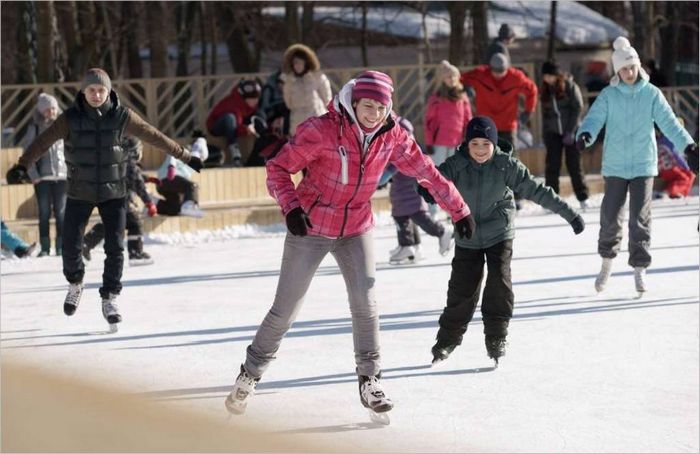
Photo 5. The tracking focus worked quite accurately not only when the subjects moved on camera, but also in wiring mode. Sony 70-200/2 Lens.8 G, ISO 400, 1/1000 s, f/5.6, strong backlight, +2/3 EV correction.
To make the task harder let’s switch to 10 frames per second. In this mode, the camera itself switches to JPG format, largely takes control to ensure maximum shooting speed and reduces the frame size to APS-C with a resolution of about 5 megapixels. It’s better to use the new AF-D option in this mode. The number of sharp shots increases by about one third if the subject is moving towards the photographer, and the auxiliary dots start blinking immediately photo 6 .
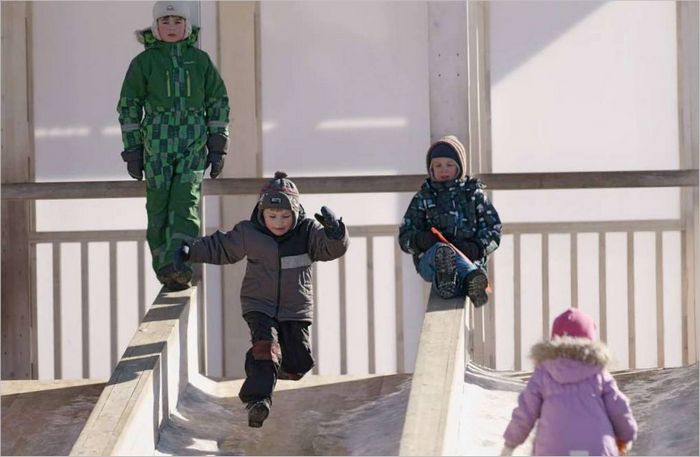
Photo 6. AF-D focus mode. If the subject moves straight at the photographer, the number of sharp shots increases by about a third. Sony 70-200/2 lens.8 G, ISO 400, 1/3200 s, f/3.2, subject in the shade, +1 EV correction, high-speed mode.
In conclusion I’d like to say that when taking pictures of night landscapes you can use the mode of multi-frame noise reduction, if you don’t have a lot of details in the frame. When shooting on a tripod the camera takes 3-4 and sometimes 7 JPG frames. The result is a beautiful and quite low-noise picture that can be used for full-format printing. However, I needed a tripod for this kind of photography, so I could just use a low sensitivity and slow shutter speed. In both cases good results are obtained if the camera remains stationary photo 7 .
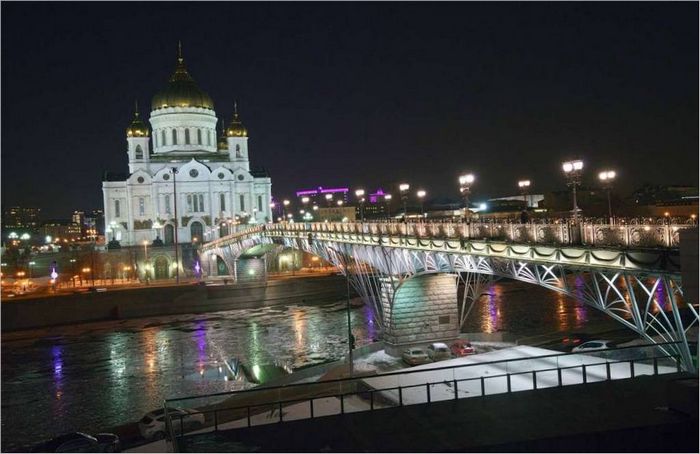
Picture 7. Multi Frame Noise Reduction mode. the camera makes the final picture of 3-4, sometimes 7 frames. It makes a nice picture with minimal noise. Zeiss Vario-Sonnar 16-35/2 Lens.8 T, ISO 3200, 1/6 s, f/10, white balance 3200 K.
Conclusions
The Sony SLT-A99 is unlike other models. A lot of innovation and useful gadgets for creativity are concentrated in its body. The high quality electronic viewfinder helps control focus accuracy in the most demanding shooting situations.
A full-frame sensor, high shooting speed, a connector for connecting studio flashes, a handy rotary screen, complete with a set of high-end optics makes the Sony SLT-A99 an interesting tool for the versatile photographer. Expanded movie shooting capabilities produce professional-quality movies.
True, the camera is not the absolute leader in image smoothness record values when shooting at super-high sensitivities over 12,800 ISO though it does the job well . The camera was not among the leaders in speed of focusing in the tracking reportage mode either. But for such extreme tasks, there are other models.
To sum up, in the hands of a good photographer using a set of excellent Zeiss lenses, the Sony SLT-A99 can guarantee some great shots.
Daylight photography at different sensitivities
Daylight photography at different sensitivities
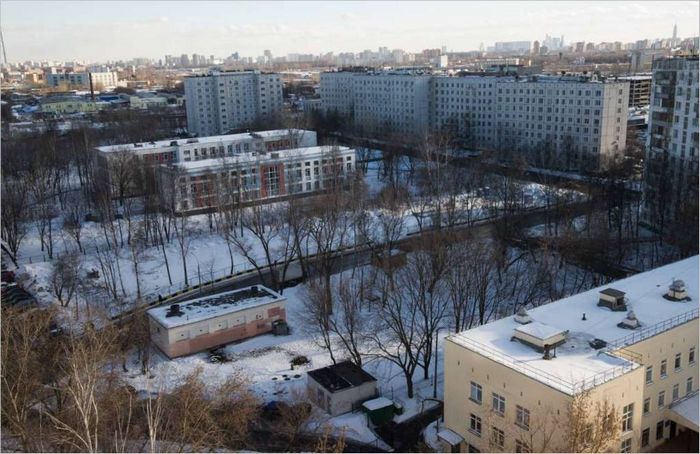
100 ISO
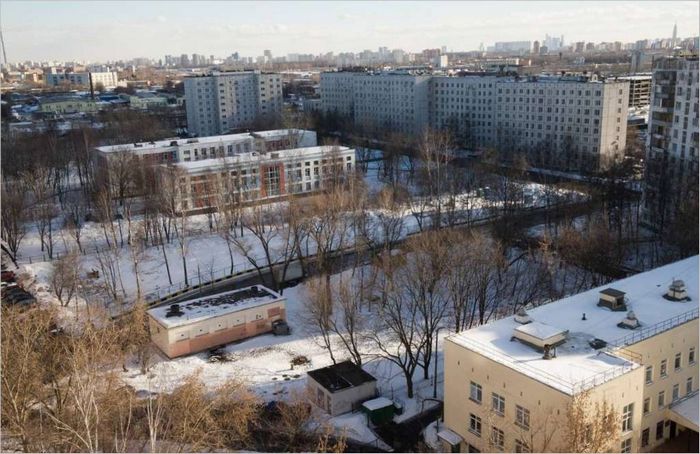
200 ISO
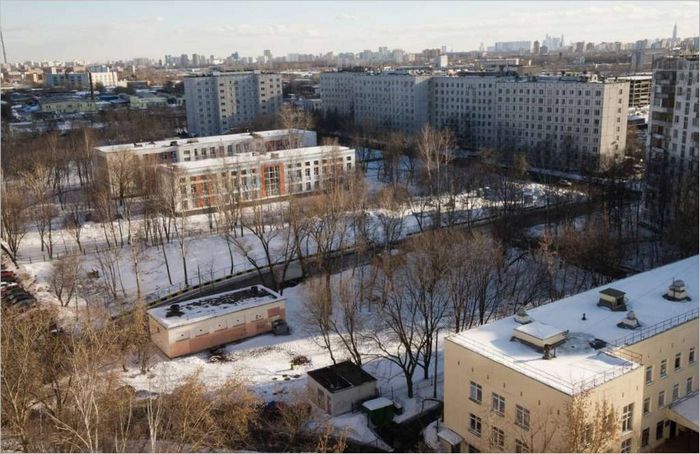
400 ISO
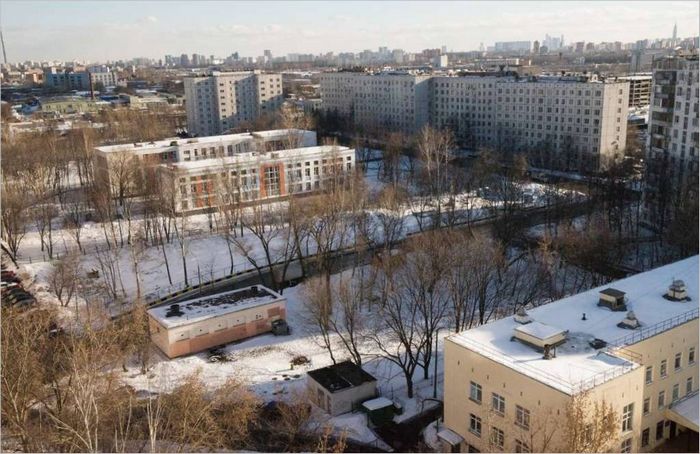
800 ISO
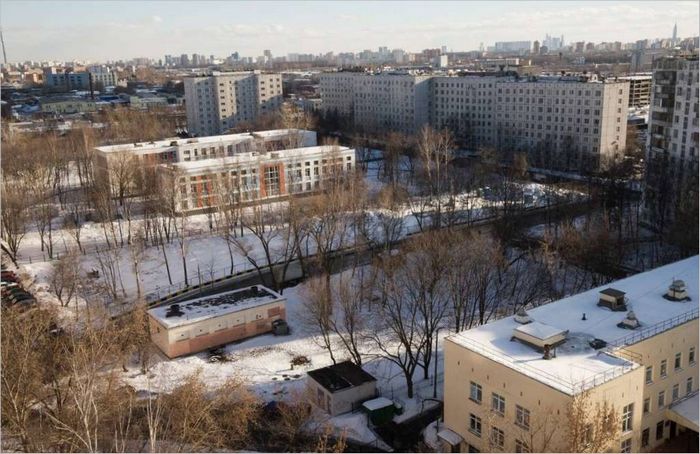
1600 ISO
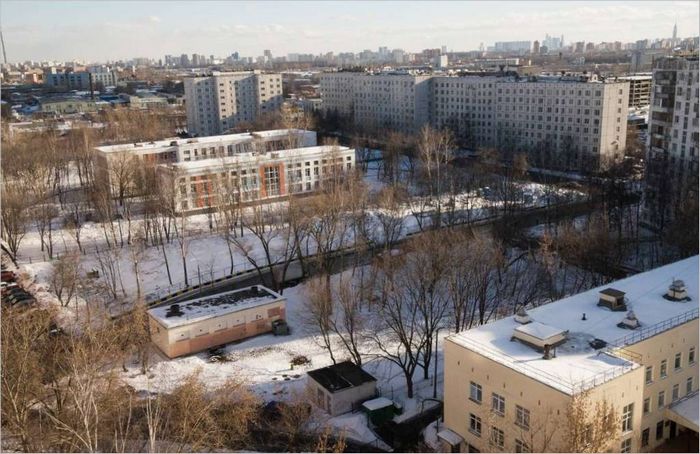
3200 ISO
Night shooting at different sensitivities
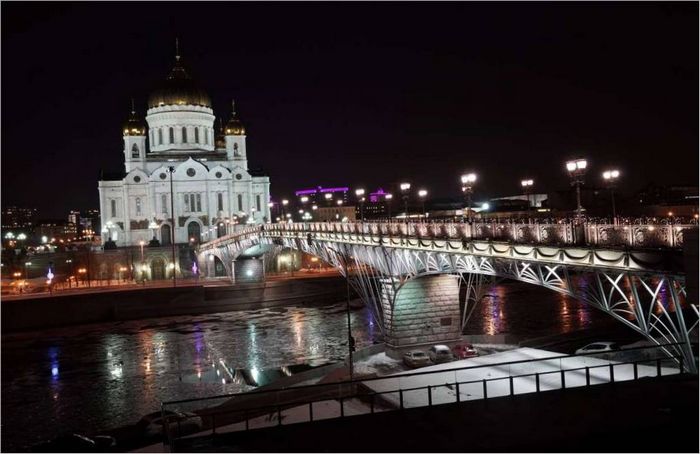
100 ISO
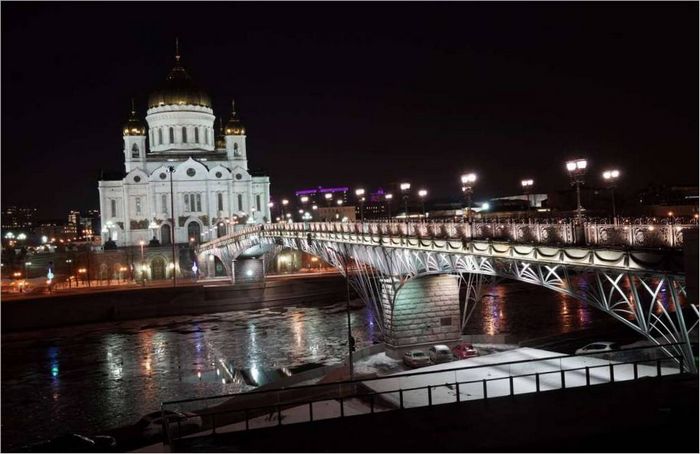
200 ISO
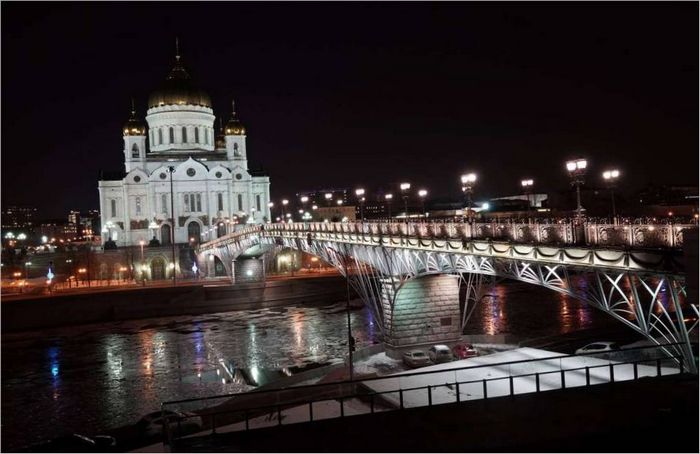
400 ISO
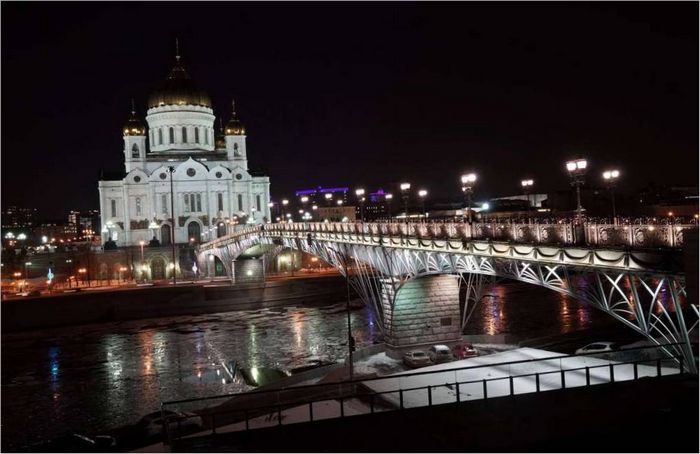
800 ISO
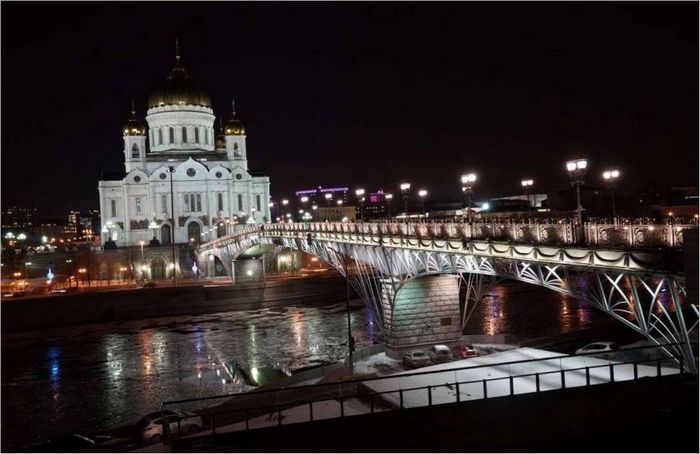
1600 ISO
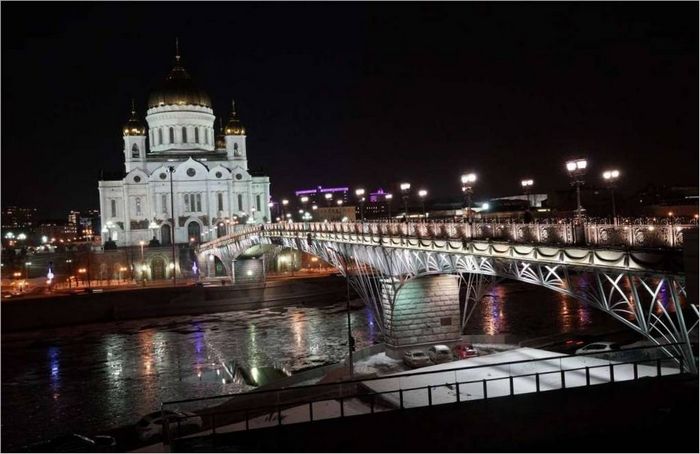
3200 ISO

What other features does the Sony SLT-A99 offer that would particularly appeal to a generalist photographer?
What are the key features that set Sony SLT-A99 apart from other cameras in its price range and how does it perform in low-light conditions?
The Sony SLT-A99 seems like a versatile camera with its full frame capability, high speed settings, studio flash socket, and tilting screen. However, I’m curious to know if it excels in any particular area or if it’s more of a well-rounded option for generalist photographers. Can anyone provide insights on its strengths and weaknesses compared to other cameras in its class?
Is the Sony SLT-A99 suitable for capturing fast-paced subjects due to its high speed capabilities?